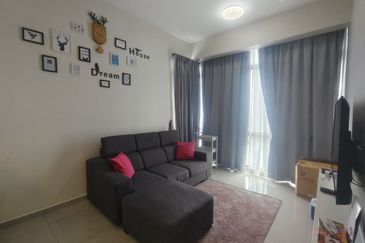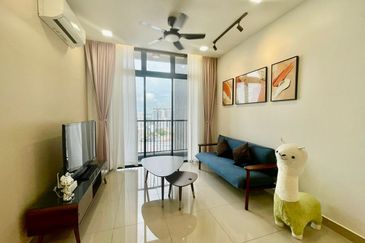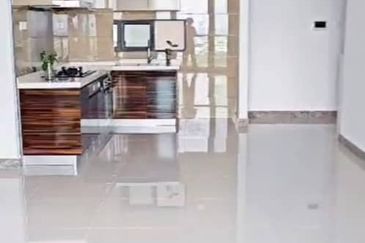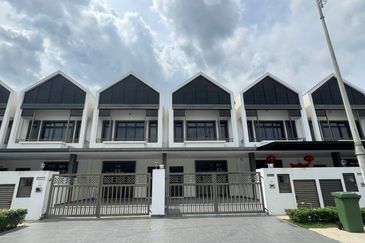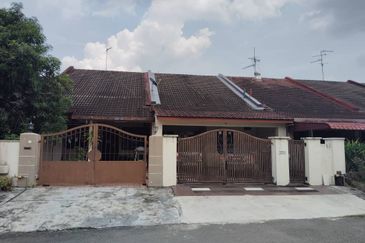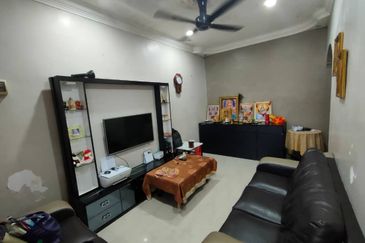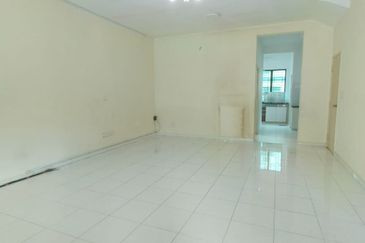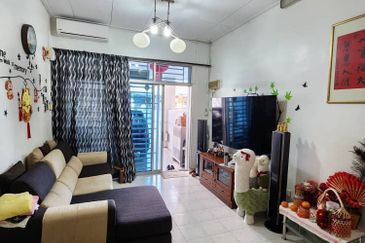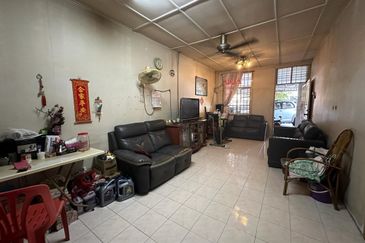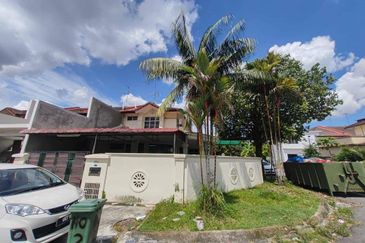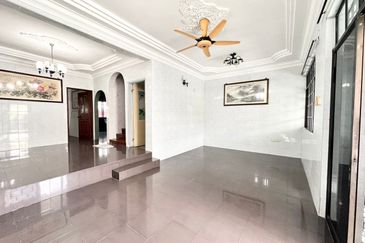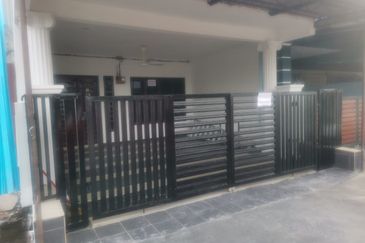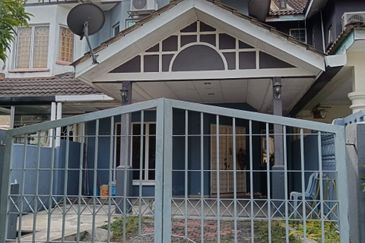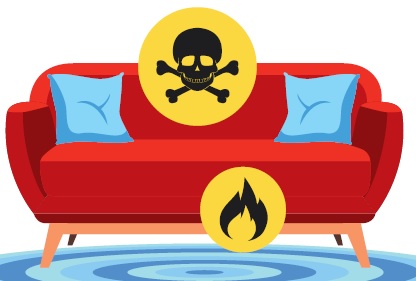
What if your home is making you ill? There are many toxic substances we may not be aware of in our homes that could cause health issues, and among the scariest ones is formaldehyde. This colourless substance is seemingly present almost everywhere.
Some things that could contain the naturally occurring organic compound are: composite wood furniture, fertiliser, paper, plywood, antiseptic, medicines, clothes, personal skin care products, cosmetics and even food!
Formaldehyde can be present in different forms. As a gas, it is flammable and has a pungent smell at room temperature. It is also known as formalin, methanal or methylene oxide.
In September this year, BBC News reported that concerns had been raised over formaldehyde levels following the death of a man who was staying in a rental apartment in Hangzhou. The man had died of leukaemia in July, three months after moving into the apartment.
His wife is suing Ziroom, the house rental app that advertised the property, alleging that it made him ill. He was told during a check-up in January that he was healthy. His wife said he became ill after he moved to Hangzhou from Beijing in April. Test results showed that the formaldehyde levels in the apartment were 0.132 milligrams per cubic metre - while the national standard is 0.1. Other similar cases have occurred in China.
Where is it present?

University Malaya research scientist Iman Asadi tells EdgeProp.my that many building materials contain formaldehyde: insulation materials, paper products, coatings, particleboard, glue and adhesives, permanent-press fabrics and others.
If formaldehyde is present in the air in high levels, it could harm one’s skin, digestive, immune and respiratory systems.
Levels of formaldehyde in the air is measured in parts per million (ppm).
“According to the United States Environmental Protection Agency, a safe environment contains less than 0.1 ppm. Levels above 0.1 ppm may cause some people to feel sick or weak,” says the mechanical engineer with a vast amount of knowledge on the topics of built environment, indoor environmental quality, energy modelling and building energy conservation.
He notes that the primary way that people may be exposed to formaldehyde is by inhaling it through the air, or absorbing it in liquid form.
When dissolved in water, it is called formalin, which is an industrial disinfectant. It can also be used as a preservative in food, medicines and personal skincare products, such as antiseptics, lotions and sunscreen, soaps and cosmetics.
“Some people might experience uncomfortable symptoms such as a burning sensation in the eyes, throat and nose, wheezing, coughing, skin irritation and nausea. But the tricky part is, at the same level of exposure, some people could be extremely sensitive to the formaldehyde while others have no reaction to it,” he adds.
For this reason, most individuals tend to ignore the existence of formaldehyde in their indoor environments unless it has impacted their health.
Asadi notes that the effect of formaldehyde on human health is a controversial issue due to the lack of information about its long term health effects.
“There is some evidence based on laboratory tests that inhaled formaldehyde can cause cancer in rats. Furthermore, some research reports also revealed that formaldehyde may cause leukaemia in humans,” he elaborates.
Where does it come from?
There are a variety of indoor sources for formaldehyde emissions: plywood and pressed wood furniture, gas appliances, glues and resins used in interior design, furniture industry and in building construction.

Interior fittings like wallpaper and floor materials (medium-density fibreboard), some paints and coatings as well as personal items such as nail polish also contain this harmful substance.
“Generally, the presence of formaldehyde in indoor air is common, especially in new homes and newly renovated or refurbished homes due to the existence of large amounts of plywood. Pressed wood emits a small amount of formaldehyde over time,” says Asadi.
Even if formaldehyde is not used in the furniture or other items, this organic compound could also be produced during the combustion process involved in smoking, cooking or car exhaust fumes.
However, one shouldn’t be too paranoid over formaldehyde as it breaks down in the air and easily dissolves in water – either way, it won’t last long.
“Nevertheless, humid and high indoor temperatures could increase the level of formaldehyde emission and could cause one to be sick at home or in the office,” says Asadi.
He adds that the size of the furniture also matters as research shows that the larger the furniture, the higher the level of formaldehyde it emits over time.
Ways to get rid of it
Asadi says the best way to eliminate or get rid of formaldehyde is by reducing furniture or products made by materials that contain high levels of formaldehyde and to enhance indoor air ventilation.
Easy steps like opening the windows at home, using an air purifier, dehumidifier or air-conditioner could help enhance indoor air ventilation.
Besides furniture and products that contain formaldehyde, smoking is also one of the main sources of formaldehyde production along with other toxic chemicals. Keeping your home smoke-free will help reduce the formaldehyde levels at home, he says.
Currently, there are no guidelines on formaldehyde in composite wood products in Malaysia, but Asadi notes that the US Environmental Protection Agency has a set of formaldehyde emission standards for composite wood products which could serve as a reference for consumers.
According to Asadi, the level of formaldehyde in composite wood products can be measured on site with advanced devices.
For individuals who want to measure levels of formaldehyde in the home or office, there are some DIY test kits available.
Alternatively, there is the formaldehyde or indoor air quality measurement badge which is used as a data collector - one could just place it within the home or office for around 24 hours and send it to a lab for analysis.
He adds that some furniture manufacturers of composite wood products will test the safety level of formaldehyde and label the product as safe, allowing consumers to choose such products.
“The government could also consider amending the building codes, namely the Uniform Building By-Laws 1984, to include a parameter for formaldehyde acceptable limits in all buildings in Malaysia,” he says.
For newly built homes, if one finds oneself facing some symptomatic discomfort in the house, even after cleaning the house and improving its ventilation, it’s better to get indoor air quality experts in for an assessment.

This story first appeared in the EdgeProp.my pullout on Dec 7, 2018. You can access back issues here.
TOP PICKS BY EDGEPROP

Taman Nusa Bayu
Iskandar Puteri (Nusajaya), Johor
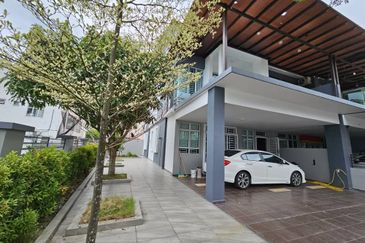
Taman Nusa Sentral
Iskandar Puteri (Nusajaya), Johor

